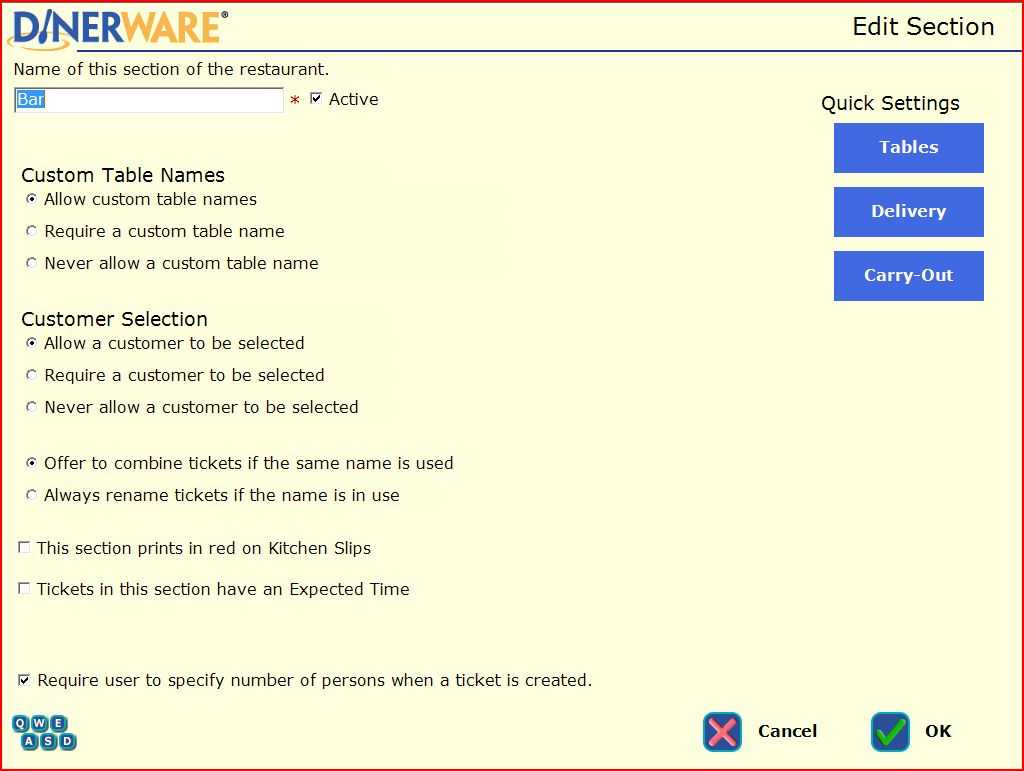Dinerware, touch screens for restaurants
By 2008, as I was itching to get back into a coding role, the US economy was heading off a cliff. Budgets were tightening, tough times for raising money. I figured it would be harder to eliminate engineering positions than project and program manager positions like the ones I had been doing, because if you have no engineers you probably have no product to manage. As it happened, an engineering opportunity came to me.

The origin of Dinerware
My friend Charlie, aka Carl English, had been the first Microsoft PM on MacWorks, and then the first PM on MSN. He ended up leaving Microsoft in frustration when his grand vision for it clashed with the dull one that prevailed. He bought a Seattle wine bar, went shopping for restaurant point-of-sale software, and quickly concluded that the entire POS industry was years behind the ball and ripe for a revolution. In classic form, he built his own company from the ground up to spur this revolution himself.
The resulting product, branded as Dinerware, was better designed, cheaper and better architected than the entire established slate of competitors. He beat them on cost and performance out of the gate. He and his team were relentless at pursuing feature parity while preserving ease of use with a cost advantage, and relentless at promoting and selling it.

The Blue Screen of Success
By 2009, Dinerware was leading the market, its trademark blue screen an increasingly common backdrop every time we were out on the town.
They were now being swamped with feature requests and needed some help. After years of observing the company and its products from a slight distance (which really consisted of: ordering drinks and appetizers through it from seemingly every new or old, fancy or dive bar or restaurant in Seattle one week after another with a big group of friends including the founder), I came on board spring 2009 to engineer some new features.
Dinerware was a client-server based touchscreen point-of-sale system built with VB.NET and SQL Server, a Microsoft tech stack. It was not web-based. It was also not on the iPad which didn’t even appear until 2010.
The point-of-sale space was unglamorous in the software world but involves a vast array of customizations, rules and special cases, tax rules, receipt printing requirements, error conditions and the like. Real-time performance is super important in a restaurant. You don’t want servers wasting time on the POS system itself instead of serving customers. Margins and physical spaces are tight in this sector and you can’t just throw hardware at your performance problems. It also needs to look good because the screens are often visible and part of the décor.
Back to an engineering role
This particular role was very focused; they had the product part figured out. Dinerware had an army of sales reps out there pounding the pavement in constant contact with real world restaurant owners and their daily needs. I worked on two feature areas primarily: table management and customer loyalty. Both of these were pretty straightforward; the loyalty features involved integrating with various payment processors.
Although I was happy to get back into engineering, and the team was great, I didn’t love coding in VB.NET, which I found wordy and inelegant. It seemed to me that I was well suited to contribute to this project in some ways, but my heart wasn’t in this tech stack, which I sensed was heading for a decline. Although the iPad was not out until 2010, iPhone was announced in 2007, and had firmly established itself as a platform by 2009, when I started at Dinerware. It seemed to me like we were in the middle of a limited window of time in which Dinerware could remain on top with a Windows-based system, as the iOS + Android juggernaut marched across the tech landscape. Since the whole system was tightly coupled to the Windows tech stack, it wouldn’t be so easy to translate to web or mobile. Dinerware was having great success with the Windows-based solution.

Moving on
I went back to cheering them on from afar at the end of 2010, and became increasingly intentional about improving my fundamental engineering skills for the next decade and beyond. It seemed certain to me that over the next decade, the locus of innovation would shift to web and mobile, and Windows was already in the middle phases of a lengthy decline that was obscured by Microsoft’s continued financial success and overall industry growth.
The PC industry now felt middle-aged to me, but with a renewed focus on engineering fundamentals, I was reconnecting to my roots, and I felt younger than I had in years. I powered down my Windows PC, picked up a MacBook Pro, an iPhone, a new pair of running shoes, and sprinted into a new decade.